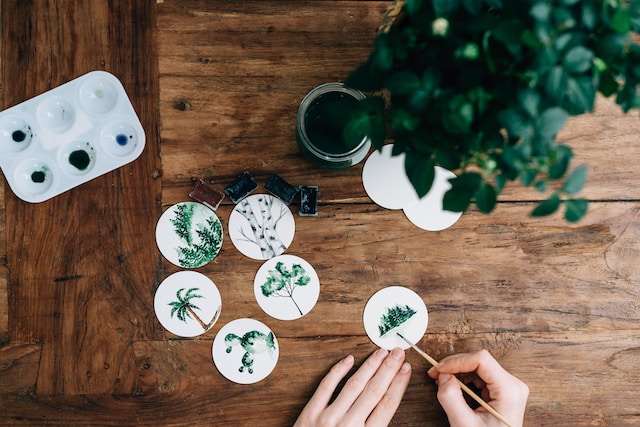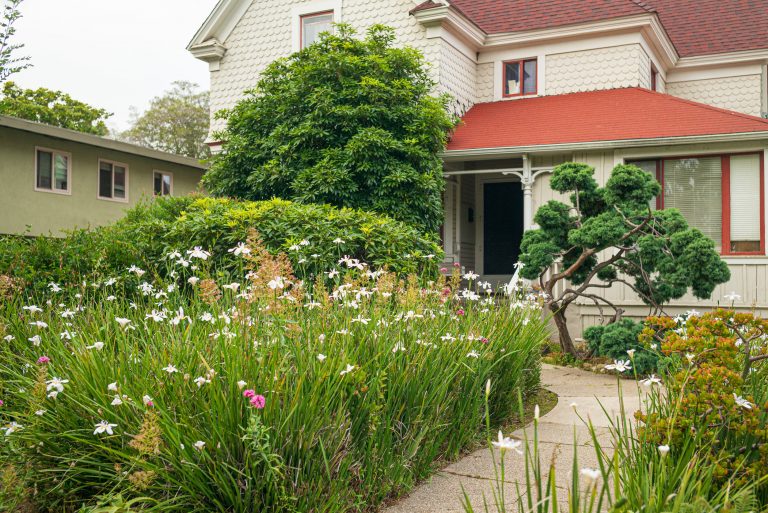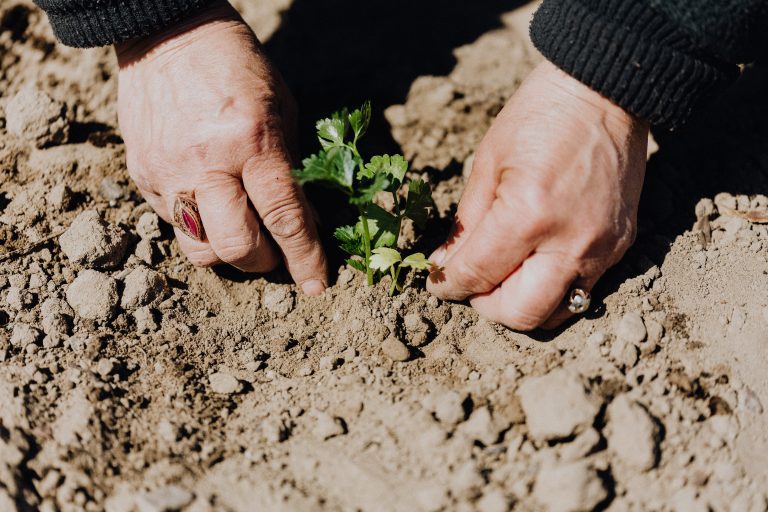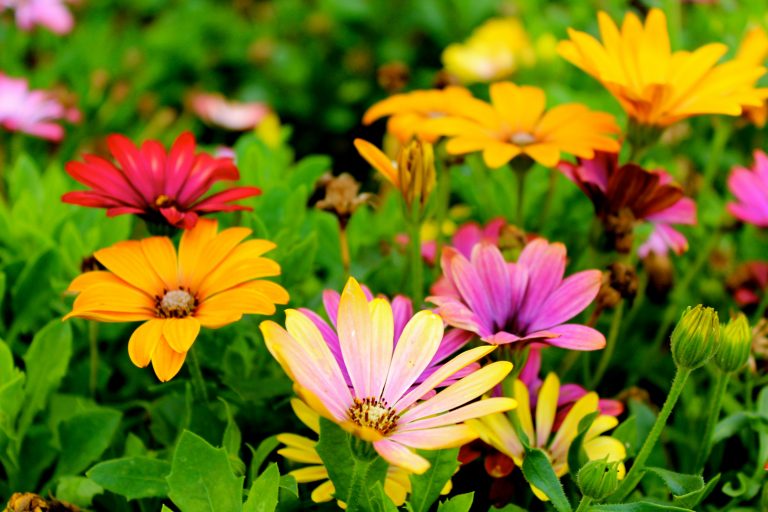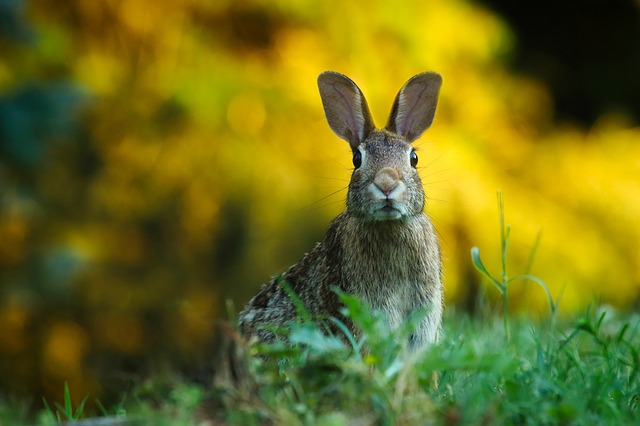My two biggest passions in life are art and mental health. Gardening is an art form. Also, gardening has many mental health benefits. I was curious to do some research into the best plants for mental health benefits. Of course, this will vary from person to person. Nevertheless, there are some plants commonly considered beneficial…
garden musings
The Essence Of The Garden
This week I want to take a step back and talk a bit about the essence of the garden. You might be thinking: Huh? What are you talking about? As frugal gardeners—and I think this is true of most gardeners—we look at the garden in a practical, utilitarian manner. How much food can I get…
A Frugal Gardener Is a Patient Gardener
Spring has sprung! Kind of. Last week where I am in zone 5 Canada, we were hit with a surprise snowstorm. Many people expected a light dusting and for the snow to melt right away, but it stuck around for several days. I know at least one gardener who got a nasty surprise when the…
Go With The Flow Gardening
Spring is here! I remember at this time last year, we were at the start of this pandemic and I was so excited to start the gardening season. It was too cold to start planting, but I had a ton of stuff started in my basement, and I was slowly starting to harden things off….
How I Feel About the Hunting of Garden Pests
I’ve never had to deal with deer fussing about in my garden, but I have had plenty of squirrels, rabbits, raccoons, gophers, and cats use my raised beds as their very own buffet, walking path, and toilet. I’m speaking from my own limited experience here. But I’ve never felt comfortable with the idea of hunting…
